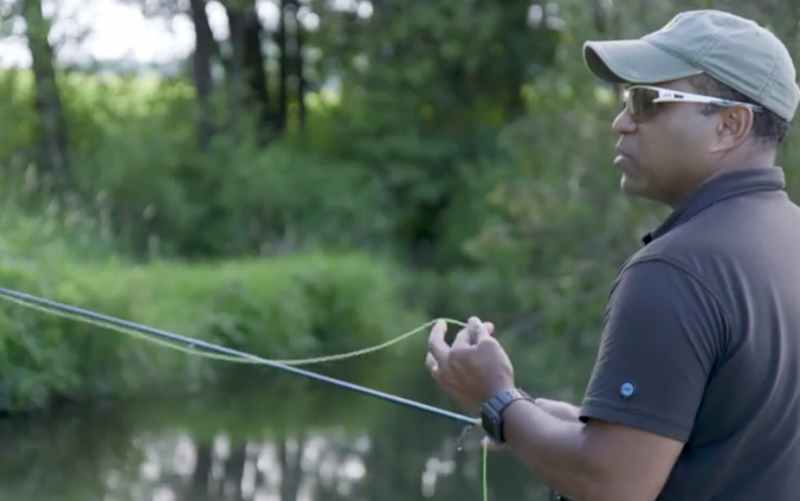“You can’t create the intergenerational wealth that the baby boomers used to put their kids through college,” Mills said. “The notion of going outside, in its inception, is incredibly privileged. So much so that up until the ’50s, really only middle-class white people could go into the outdoors.”
Traditionally, the outdoor industry has long favored white people. Before Mills turned to journalism, he worked for outdoor brands like North Face and REI. “Through the course of my professional career,” he said, “there weren’t very many people who look like me.”
Carolyn Finney, cultural geographer and author of “Black Faces, White Spaces,” studied issues of Outside magazine over the 10 years from 1991 to 2001 and found that out of 4,600 faces, only 103 were non-white.
Outdoor spaces, including national parks, were segregated up until the 1950s, alongside restaurants and public transportation. Half a century later, the legacy of such exclusion persists. A 2014 report released by the National Park Service estimated that white people accounted for an overwhelming 95 percent of its visitors. Mills notes that, to some degree, low visitation numbers to national parks reflect the fact that African Americans sometimes don’t feel safe in them. Another NPS report from 2011 found that Black people were more than three times more likely to find parks unsafe than were white visitors.
While people of color have largely been excluded from the mainstream veneer of outdoor recreation, they have a long history in environmental protection, exploration and adventure sports. There are countless stories of Black people in the outdoors, and Mills maintains that it is these stories that can help change the narrative. The Buffalo Soldiers, originally members of the 101st Cavalry Regiment of the U.S. Army after the Civil War, went on to become some of the nation’s first park rangers. Charles Crenchaw, one of the original Tuskegee Airmen, became the first Black man to summit Denali (then Mount McKinley) in 1964. Matthew Henson is credited by many as the first person to reach the North Pole in 1909. Barbara Hillary became the first Black woman to reach the North Pole at age 75, and the South Pole at age 79.
“The stories of people doing these things are not in the magazines, they’re not on television, they’re not in the movies,” Mills said. “It’s really not until you deliberately dismantle the image by creating a new one, by creating a new set of role models, by creating a new narrative based on authentic, genuine characters having real experiences in real environments.”
In the wake of the Christian Cooper’s harassment in Central Park, new groups have formed to do just that, Black Birder Week and Black AF in STEM among them. They join an already active network of groups aimed at engaging people of color in the outdoors, including Oakland-based Outdoor Afro, the National Brotherhood of Skiers and Melanin Base Camp, which have been reaching out and organizing outdoor adventures for people of color for years.
For Mills, being a person of color in the outdoors can also be symbolic. “I think that in many ways, spending time in the outdoors — going camping, going climbing, going skiing — is a profound act of defiance,” he said. “You are basically telling them that ‘I know, you think that I don’t belong here, but I’m telling you that I do. And I’m going to be here anyway.'”

